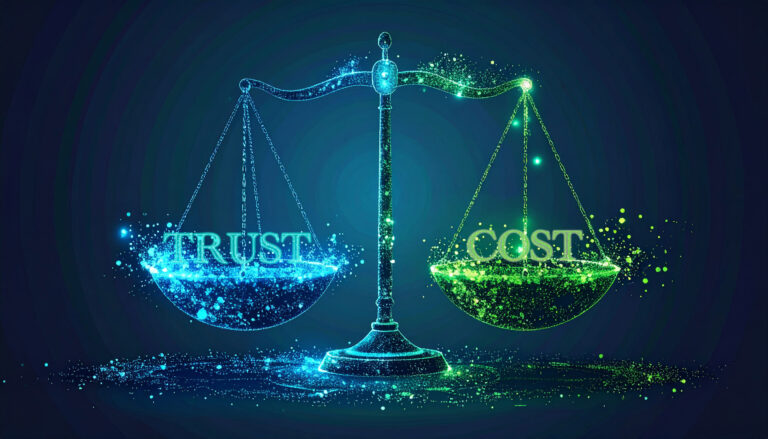Chemicals for Cosmetics & Toiletries Market Size to Reach $33.02 Billion by 2031
The Breakdown
The global market for chemicals used in cosmetics and toiletries is projected to grow from $24.96 billion in 2024 to $33.02 billion by 2031, reflecting a healthy CAGR of 4.1%. This growth is underpinned by persistent consumer demand for beauty, skincare, and personal care solutions, and propelled by ongoing innovation in specialty chemical and polymer formulations. However, the market faces nuanced challenges—ranging from increased regulatory scrutiny, rapid emergence of substitutes, cost pressures, and shifting geographic centers of demand. The competitive landscape is dominated by large multinational incumbents in Europe and the U.S., yet diversification and new regional plays are steadily reshaping the global value chain. The ability to anticipate and manage market risks is emerging as a strategic advantage for leaders in specialty chemicals targeting the beauty sector.
Analyst View
Signals indicate sustained global demand for innovative, effective, and safe cosmetic and toiletry products, with a vast product portfolio spanning surfactants, polymers, aroma chemicals, and natural ingredients. The accelerated growth of the skincare market—by far the leading beauty category—suggests businesses must remain agile, both in anticipating trends and tailoring solutions for discerning consumers and brand owners.
The market is, however, exposed to heightened volatility from multiple directions. Regulatory frameworks around safety, environmental impact, and material sourcing are maturing at different rates across regions. Leaders must remain vigilant to avoid bottlenecks in product approvals and to assure compliance across geographies. Meanwhile, the growing prevalence of lower-cost substitutes and ease of competitor entry threaten to squeeze margins and commoditize value for unprepared players.
Yet, for organizations willing to invest in innovation, localization, and adaptive supply chain strategies, significant opportunities persist—particularly in emerging markets and through sustainable chemistry. The differentiated use of specialty chemicals and advanced formulations can still command premium positions if aligned to evolving market needs and proven through reliable channel and value chain partners.
Navigating the Signals
Strategic decision makers should intensify their focus on regulatory intelligence and adaptable value chain architectures. As governments tighten rules on chemical safety and green compliance, uncovering regulatory nuance early—across target markets—can enable first-mover advantage, prevent costly recalls, and enhance brand trust.
In parallel, a differentiated approach to distribution and channel support will be critical as market share is increasingly contested in new and existing regions. B2B leaders should examine their ability to respond to shifting points of demand, identify where strategic partnerships can extend reach, and proactively scenario-plan for disruptions in both supply and compliance.
Internal questions to raise now: Where are our greatest exposures related to regulatory divergence and emerging substitutes? Are we prepared to pivot supply models quickly should regional requirements or competitive dynamics shift? And are our innovation and channel strategies aligned with both consumer expectations and evolving market approval landscapes?
What’s Next?
Breakthrough Marketing Technology partners with industry leaders to convert uncertainty into precise, actionable opportunity. Through advanced insight platforms and executive workshops, we help specialty chemical suppliers and polymer innovators stay ahead of the curve. Our approach enables you to:
- Benchmark evolving regulatory and market-compliance trends before they disrupt your plans.
- Quantify and prioritize emerging risks—including substitute threats and channel fragmentation—for targeted resource allocation.
- Uncover hidden value within supply chain partnerships and develop agile go-to-market strategies suited for fluctuating global landscapes.
- Move with confidence from defensive risk mitigation to proactive market shaping.
When industry turbulence is the norm, mitigating ambiguity through timely market clarity remains your strategic advantage.
Source
Understand Your Risk. Seize Your Opportunity.
Take the Breakthrough Market Uncertainty Assessment Guide to pinpoint what’s holding your growth back, and what can accelerate it.


